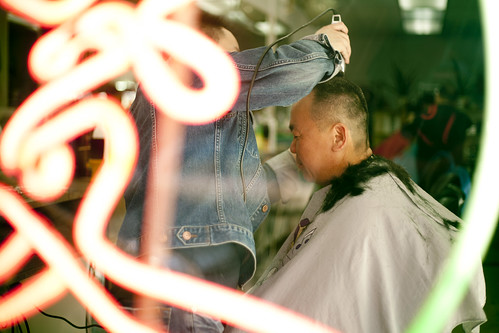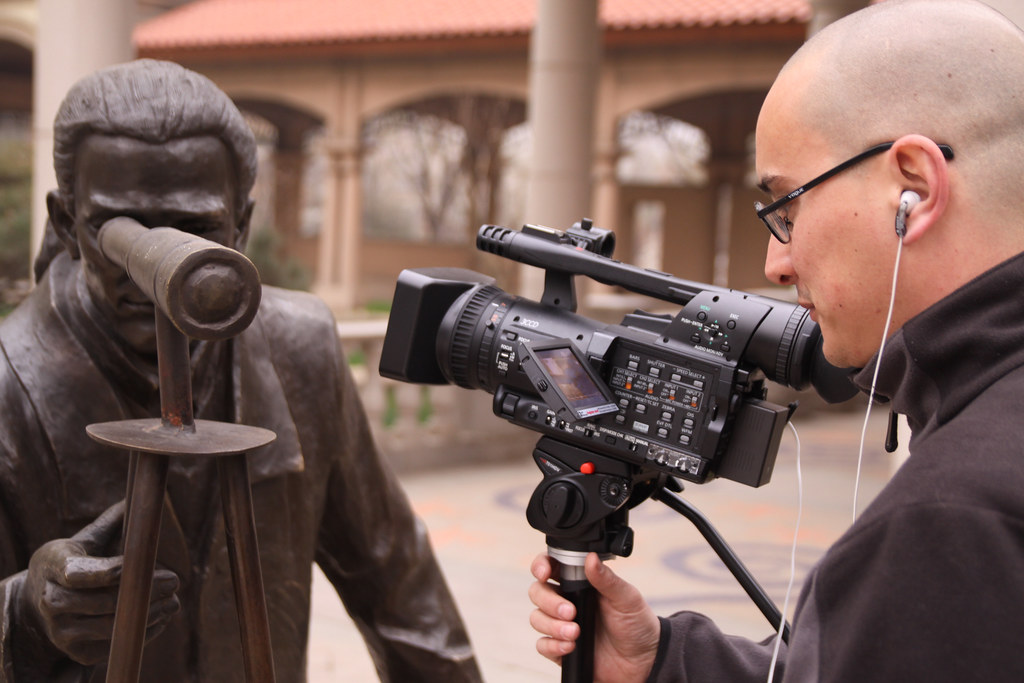So, I've re-entered the realm of making data look pretty and informative, after spending the past few years in the realm of video. The two things that have been pretty interesting:
1.) There's plenty of data out there, just never the kind of data set you want. Getting that data set takes a lot of phone calls and pestering people.
2.) There's a lot of thought that goes into the clear and good communication of information. And sometimes your favorite graphic will be cut.
That's what happened here.

We had ranked the left-hand column in order of size (with the exception of the amorphous category of 'other') and kept that order for the left column for easier comparison.
But I was a little worried that the changes of our spending would get lost in that comparison. The graphic would force people to read the individual numbers to compare the hierarchy of spending in 1949 and today.
So we tried to visualize the changes in spending in a Tuftean way, using his lesser known model of slopegraphs.
All in all, it took us two other, prettier and perhaps more confusing graphics to get back to our original one. We had a vote among colleagues and they voted for the very first bar chart.
Update: later the third version of the graphic became a very useful way to tell stories of change over time. My editor gave a different version of the same graphic-combo a greenlight, which now has become a regular data visualization we use.
1.) There's plenty of data out there, just never the kind of data set you want. Getting that data set takes a lot of phone calls and pestering people.
2.) There's a lot of thought that goes into the clear and good communication of information. And sometimes your favorite graphic will be cut.
That's what happened here.

We had ranked the left-hand column in order of size (with the exception of the amorphous category of 'other') and kept that order for the left column for easier comparison.
But I was a little worried that the changes of our spending would get lost in that comparison. The graphic would force people to read the individual numbers to compare the hierarchy of spending in 1949 and today.
So we tried to visualize the changes in spending in a Tuftean way, using his lesser known model of slopegraphs.
That was a little too minimalist and somewhat confusing.
The combination of both approaches (and my personal favorite) is shown below:
All in all, it took us two other, prettier and perhaps more confusing graphics to get back to our original one. We had a vote among colleagues and they voted for the very first bar chart.
Update: later the third version of the graphic became a very useful way to tell stories of change over time. My editor gave a different version of the same graphic-combo a greenlight, which now has become a regular data visualization we use.









